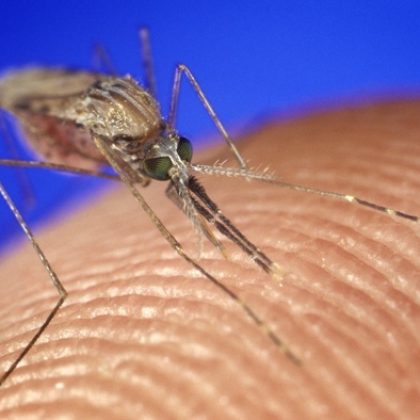Trypanosomatids: a Different Way of Being a Eukaryote
The latest Paper of the Month from Parasitology is ‘Recent advances in trypanosomatid research: genome organization, expression, metabolism, taxonomy and evolution‘ by Prof. Dmitri A. Maslov
If a college graduate with a major in natural sciences is asked: ‘what are eukaryotes?’, the answer would likely be based on what he/she learned in an introductory biology course about mammalian or yeast cells. A student, whose major is biology, would probably recall that eukaryotes are actually a rather diverse group, yet the term “kinetoplastid” or “trypanosomatid” would not ring any bells. And while everyone would know that malaria is a devastating tropical disease, the same level of awareness does not apply to African trypanosomiasis and Chagas disease, not mentioning “kala-azar” or “chiclero’s ear”. Yet, these are devastating diseases which, with a few exceptions, are fatal or debilitating, with tens of thousands of people affected and millions being at risk. These trypanosomatid-caused diseases mostly affect poor rural populations in the developing world. They were often referred to as “neglected” diseases and, thus, historically fell below the radar of funding agencies and pharmaceutical companies. Although, more recently, due to increased attention from WHO, CDC and other organizations, these diseases should no longer be viewed as truly neglected, the general situation remains grim, and the road to development of the effective treatment, control and prevention measures is almost as long as it was decades ago.
So, what are these pathogenic organisms that cause so much trouble? And what can a basic science do to help with taming them? These are the general questions that motivated parasitologists since the late 19th century. Over the last few decades there has been a steady growth in number and productivity of the trypanosomatid research community. The rapid advances of the recent years have been made due to application of the state-of-the-art research approaches and increased cooperation of researchers worldwide. What has been discovered proved to be rewarding, if not in a practical sense (at least for now), then certainly scientifically. This group of parasitic organisms is indisputably eukaryotic but at every level of their cellular and molecular organization we see striking differences between them and textbook models, such as mammals and yeast. It is hoped that eventually some of these differences will be exploited for development of new drugs to selectively eliminate the parasites.
This review was prompted by the need to share the recent advances in trypanosomatid research with a broader scientific community. Perhaps, it would also help to recruit the next generation of curious minds willing to make new inquiries into the trypanosomatid ways of how to be a eukaryote.
The paper ‘Recent advances in trypanosomatid research: genome organization, expression, metabolism, taxonomy and evolution‘ by Prof. Dmitri A. Maslov is availabe free for a month.
Photo credits:
Trypanosoma Cruzi under the microscope. Shutterstock






